The month of May brings that cherished end-of-the-school-year tradition — prom! From the “promposal” to the exchange of the corsage and boutonniere, each couple takes a personal journey, one that culminates in an evening that they will remember for the rest of their lives.
Proms have been around since around the turn of the 20th century, but the tradition of wearing flowers goes back thousands of years. Read on to learn more about the history of exchanging flowers during prom, as well as how to choose the best floral look for the night.
History of corsages and boutonnieres
Flowers have been worn since the time of the Greeks. “They thought the fragrance from the flowers would ward off evil spirits or disease,” says Jackie Lacey, a member of the Professional Floral Commentators International and the 2019-21 National President of the American Institute of Floral Designers. Ancient Greek floral arrangements included herbs and flowers.
The prom corsages we know today became popular over 100 years ago, when young men would present a bouquet to a woman’s family as a way of saying thanks for the date. The man would break off one of the blooms and pin it to his date’s dress. “Now it’s turned into the date’s corsage instead of buying flowers for the mom,” Lacey says. “But I still suggest it — it’s a great way to get on the good side of the parents,” he says with a laugh.
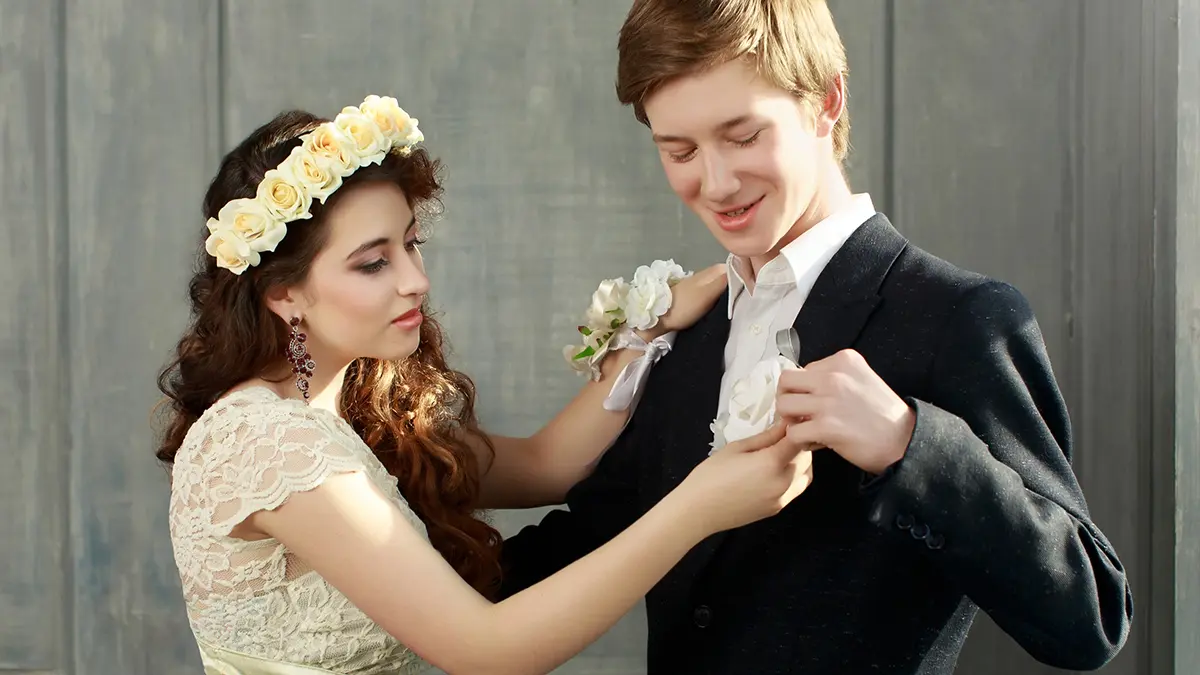
The tradition of exchanging flowers at the beginning of a date led to today’s gifts of corsages and boutonnieres at proms. While boutonnieres continue to adorn a guy’s left shoulder or lapel, corsages may be pinned to the belt or top of a dress. Especially popular are wrist corsages, as many dresses are made of delicate beading or strapless and, thus, have no place for a pin, Lacey notes. There are even keepsake corsages made of silk roses that allow you to keep the memory of the night.
Tips for picking the prom corsage and boutonniere
Typically, the person buying the corsage asks the wearer about outfit colors so the flowers match or are complementary to the dress or suit. It’s best to have a discussion with your date before the event about what you’re wearing, which colors you like — and which ones you don’t — and whether you’d prefer a wrist corsage or a corsage on your dress. Maybe you’re planning a head wreath and you’d rather not have a corsage at all. Prepping will add anticipation to the special night.
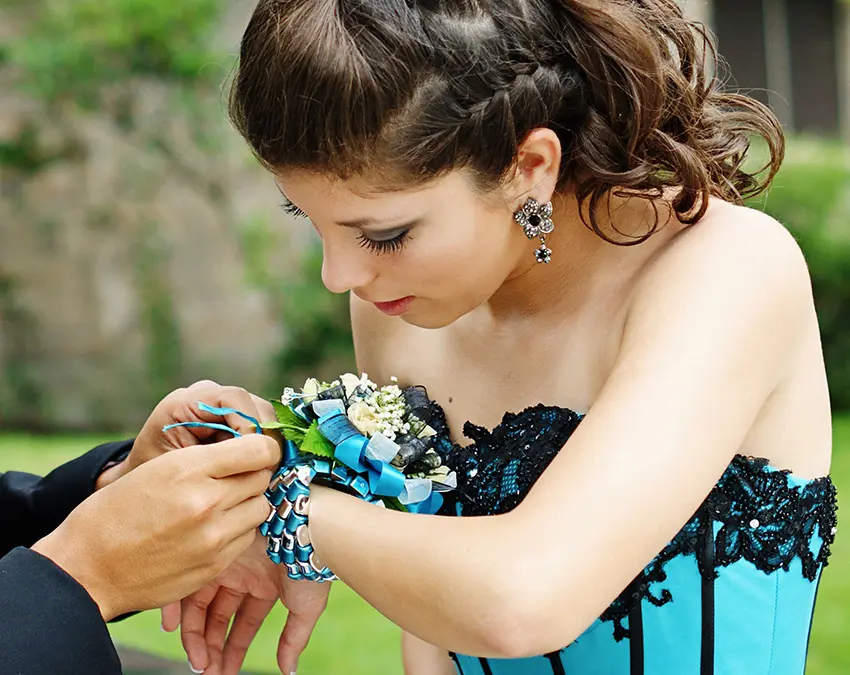
One idea for the guys: Take a cue from past generations and buy a bouquet of roses that complement your date’s dress, and then pull one out for her to carry. A single red rose is a statement: It’s classic, elegant, and beautiful.
Lacey advises ordering your prom corsage or boutonniere early — one to two weeks in advance. That’s to allow time for the May rush of Kentucky Derby parties, Mother’s Day, showers, and both senior and junior proms. Ordering early will increase the chances of getting the type of flowers you prefer.
Lacey also recommends picking up your arrangements the day before prom since prom day can be hectic for both you and your florist. “Keep the flowers sealed in the container and store them in the refrigerator away from the freezer,” he says. “As long as they are kept cool and not frozen, your flowers should be fine for a day in the fridge.”
If your date wants flowers in her hair — even one or two of the corsage blooms — make sure you get those to her early in the day.
Finally, make sure to take pictures of the exchange, the couple, and friends. You’ll want to remember this night!
Adornment for the hair
Wearing flowers in the hair has become popular with promgoers over the past few years, according to Lacey. “They call it a halo, head wreath, or head ring, or attach flowers to a comb or barrette,” he says. Bands were really popular when fascinators became in fashion a few years ago. A florist might add ribbons, beads, and rhinestones as accessories to the flowers for the head wreath or crown.
Flowers that last
It’s important to use flowers that will look fresh without water for corsages, boutonnieres, and hair adornments. “Most of the flowers today are glued in with adhesive rather than tape and wire, which cuts down on the weight,” Lacey says. “This allows you to get creative with what you’re providing, but it limits what you can use without water and with greater expense.”
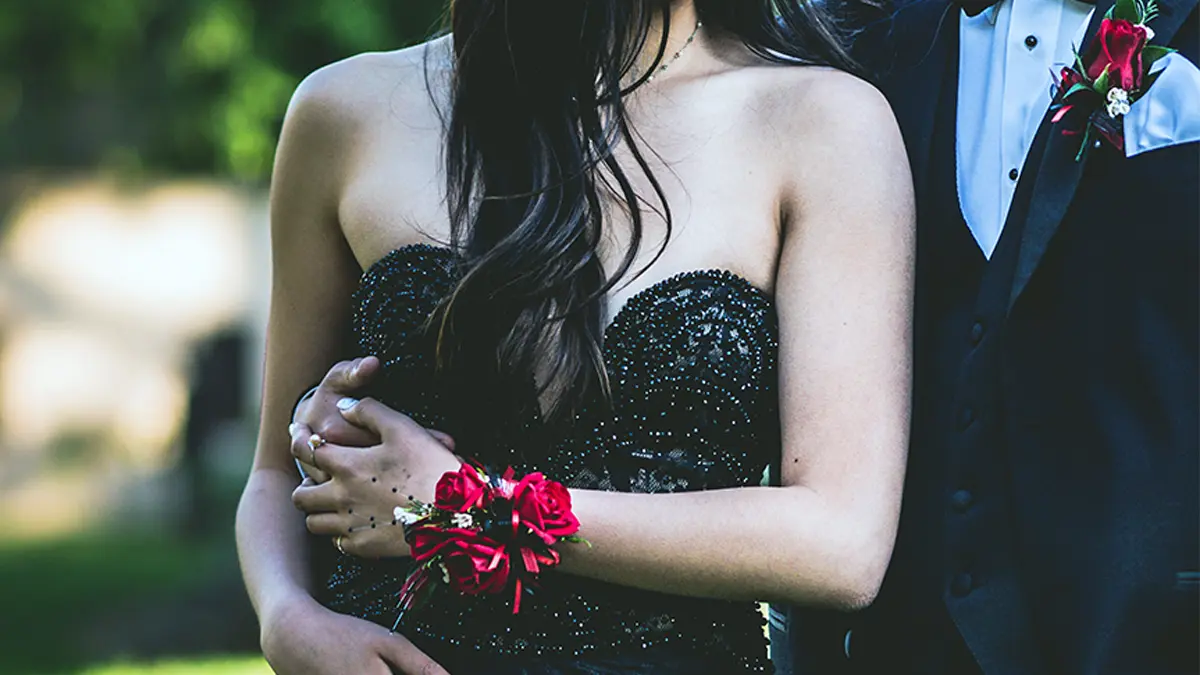
Here are Lacey’s picks for popular flowers to use for prom creations:
Traditional choices for prom corsages
- Spray roses
- Dendrobium orchids
- Mini Cymbidium orchids
- Alstroemeria (Peruvian lilies)
- Standard and mini carnations
- Chrysanthemum
Modern choices for prom corsages
- Hypericum berries
- Herbs (mint, lavender, sage)
- Eucalyptus
- Crespedia
- Foliage (for a more natural, organic look)

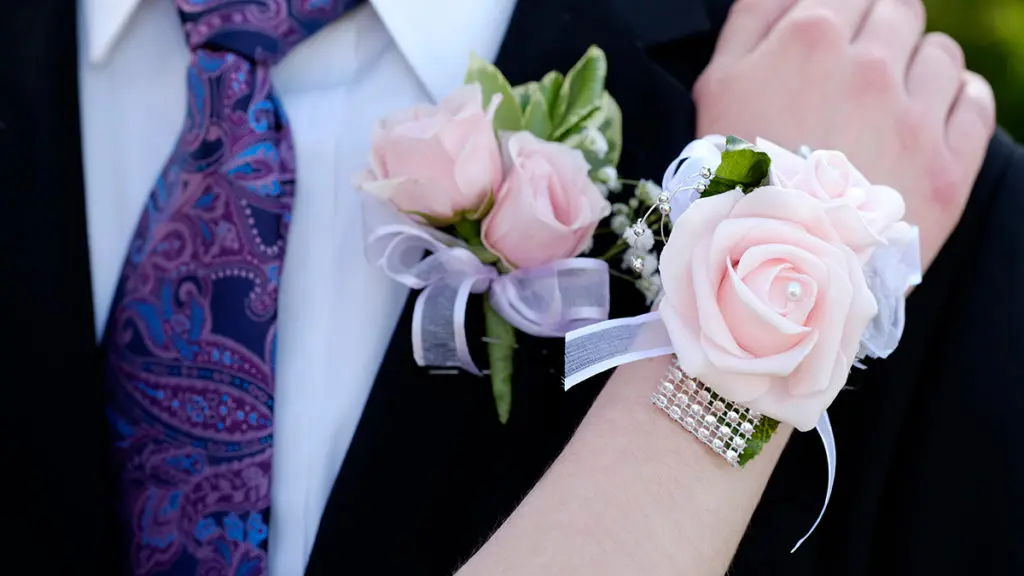
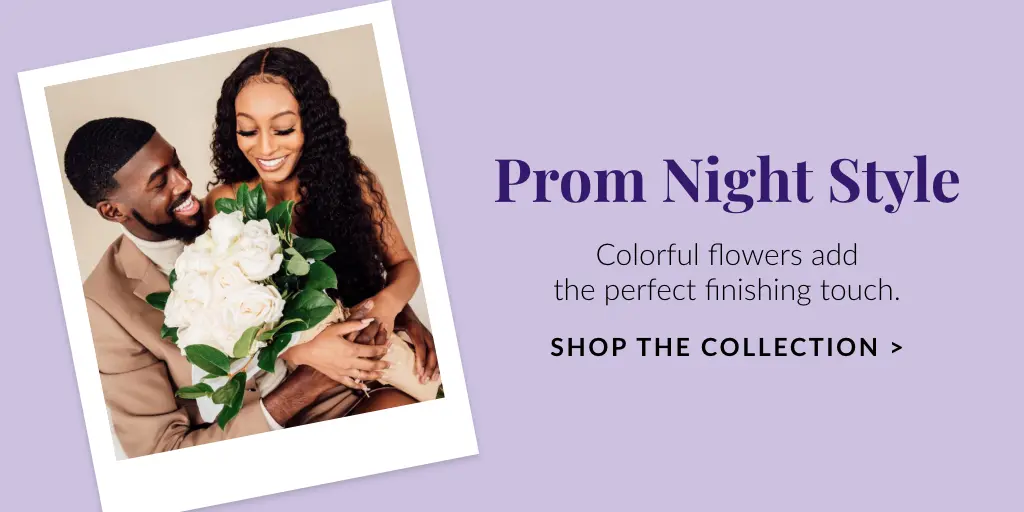
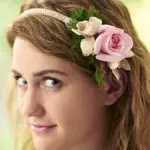
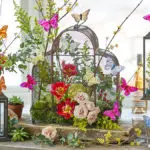
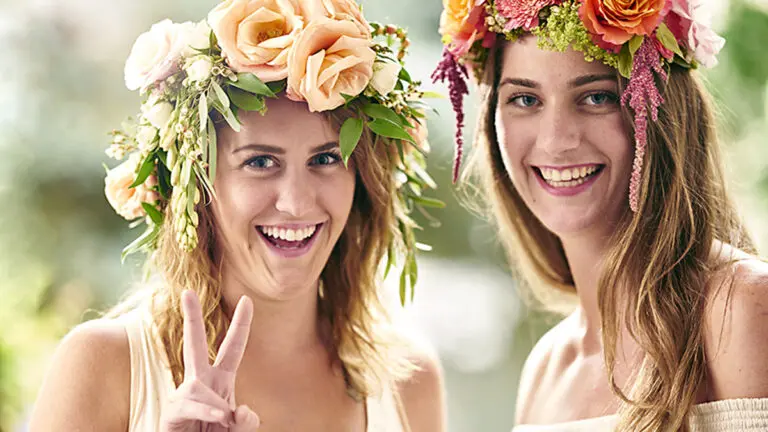
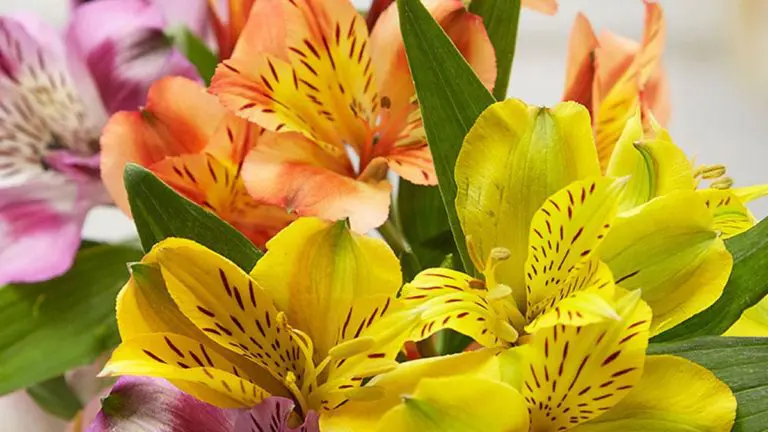
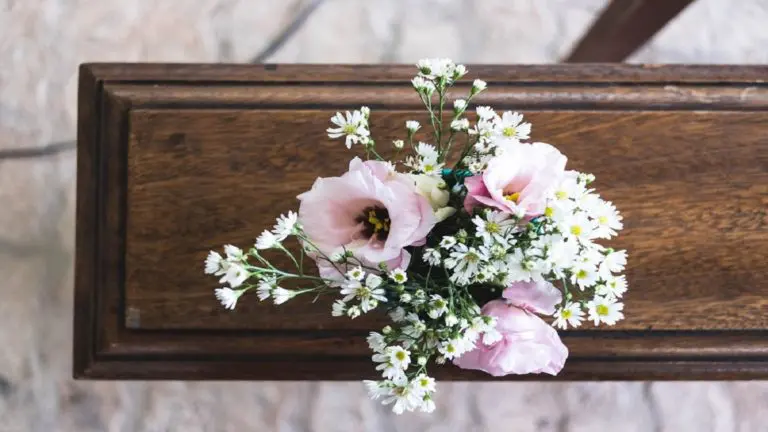
Comments are closed.